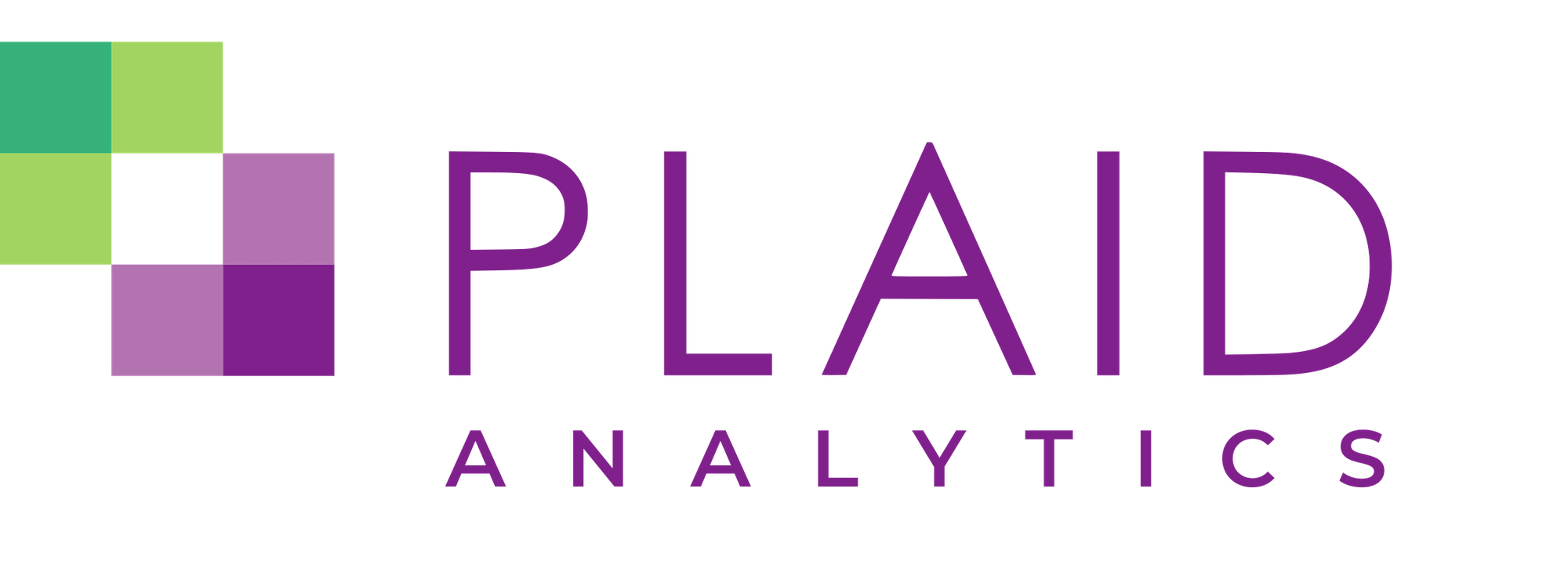The Importance of Reflection in Enrolment Forecasting

You’re finished enrolment forecasting for the cycle. The targets you helped developed made it through Senate, and you can breathe a sigh of relief. Right…?
While you deserve to be proud of a job well done, the next cycle is right around the corner.
Here are a few quick tips to help improve that next cycle.
1. Conduct a brief post-cycle review:
How close were your official plans to reality? Were there other scenarios that were made and discarded that are actually more accurate?
- To do this, you’ll want to either keep every scenario you’ve run so you can later add the actuals, or you’ll want to keep a summary of the same. At some institutions, the answer here will depend on the database resources you are permitted to consume.
2. Begin testing for the new cycle early while you’re still able to reflect on needed improvements:
Do what you can to get set up for the next cycle ahead of schedule. This will free up some time to focus on better communication with your stakeholders and high-quality testing of your model.
- If you don’t have test data, why not invent some? Invent it from scratch using programming, or sample existing data and apply some assumptions about what a future year might look like. Even repeating last year’s data and calling it this year would help you get the model set up and make sure all the technical pieces are working well.
3. Get a teammate to help you set up. Reflect together on what went well and where improvements can be made.
- This is a great opportunity for cross training and acquiring feedback on whether the assumptions made in your model are correct.
How do you and your team make sure to reflect and incorporate lessons learned in your enrolment forecasting process?
